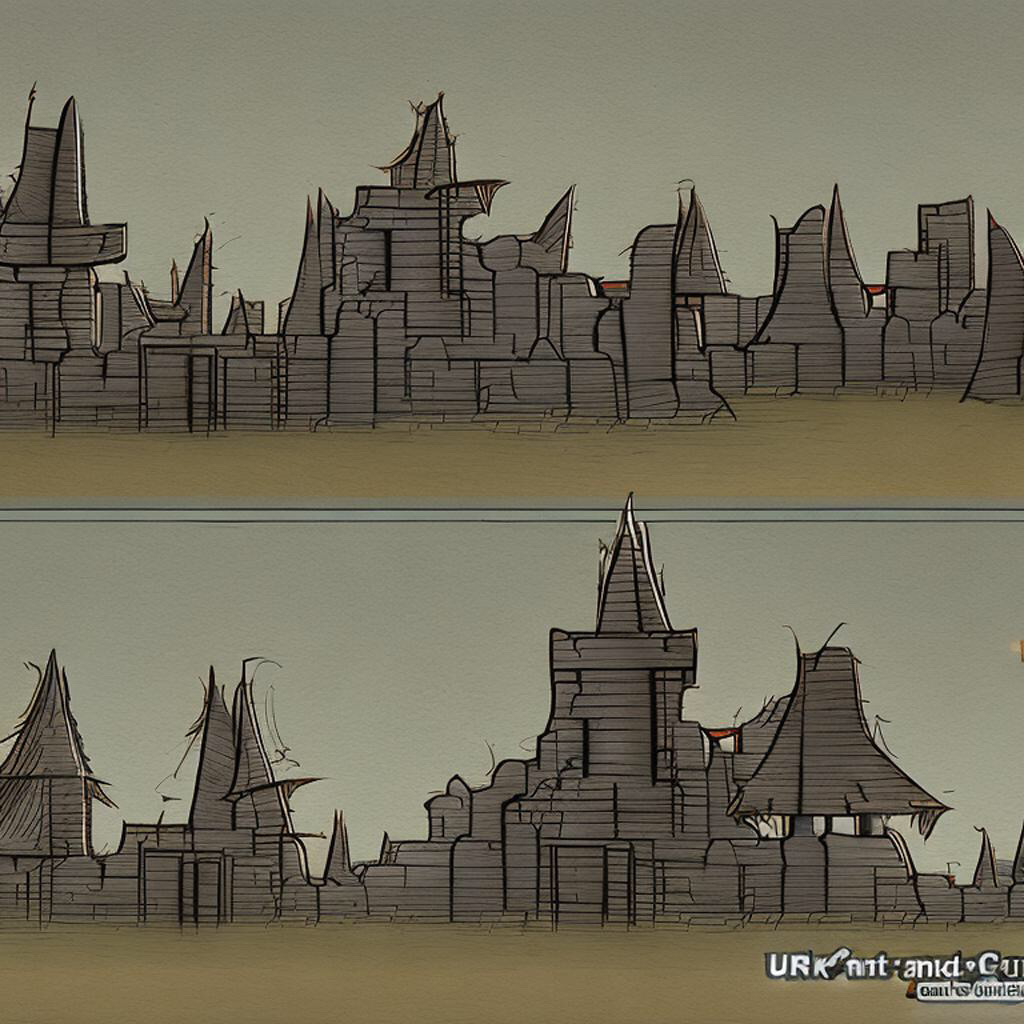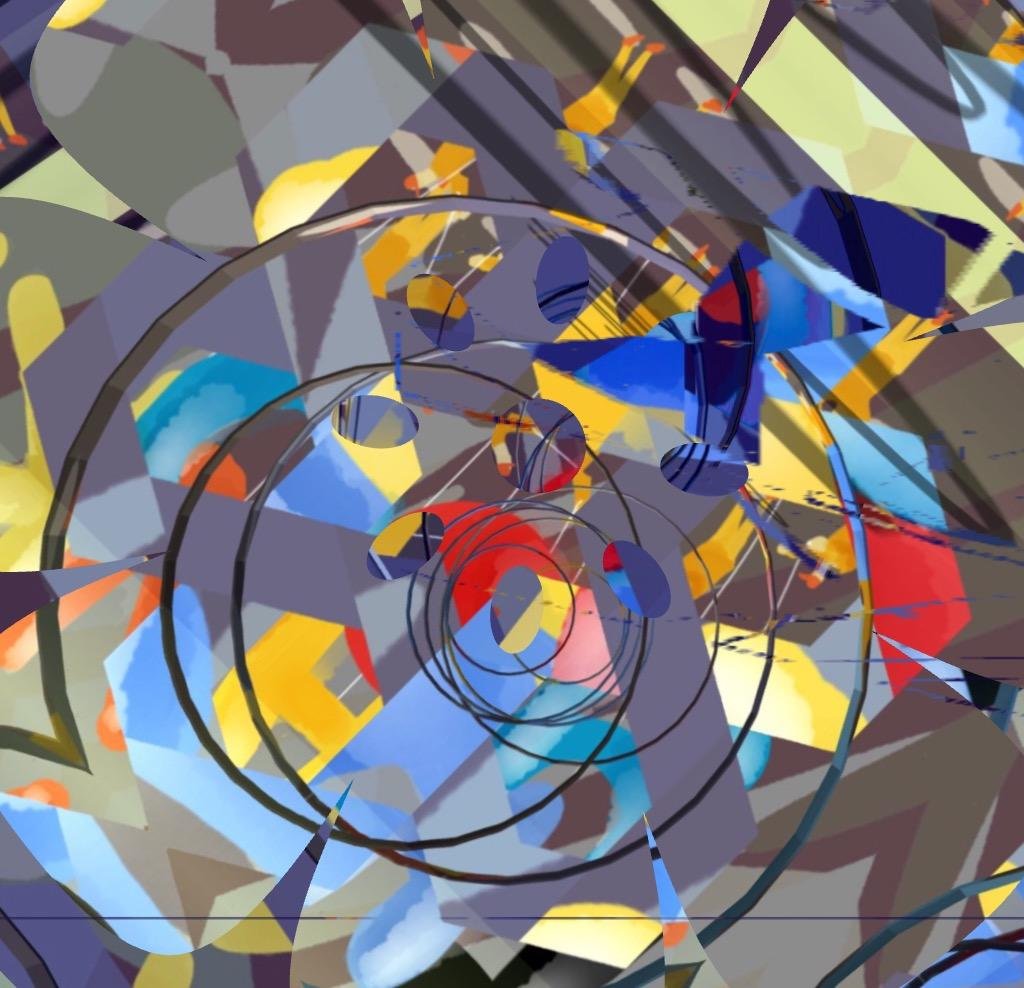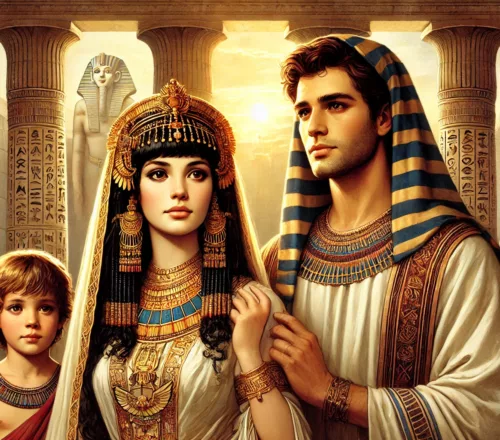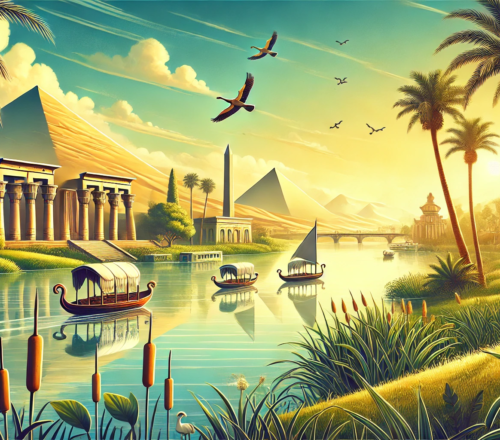
Table of Contents
Uruk and Ur, the Rival City-States in Ancient Sumer
Uruk and Ur were two of the most important and powerful city-states in Sumerian society.
Here is an article that explores their history, culture, and rivalry:
Uruk and Ur were two of the most important and powerful city-states in ancient Sumer. These cities, which flourished in the southern region of Mesopotamia (present-day Iraq) from approximately 4000 BCE to 2000 BCE, were centers of culture, trade, and political power in Sumerian society. However, the cities were also rivals, frequently clashing over resources and territory. In this article, we will explore the history, culture, and rivalry of Uruk and Ur.
Uruk – The City of Gilgamesh
Uruk was one of the largest and most powerful city-states in Sumerian society. Located on the banks of the Euphrates River, Uruk was a center of trade and commerce, with a population that reached into the tens of thousands. The city was also renowned for its culture and art, with many important literary works and architectural achievements.
One of the most famous figures associated with Uruk was Gilgamesh, the legendary king and hero of Sumerian mythology. According to legend, Gilgamesh was a demigod who ruled over Uruk and embarked on many great adventures and quests. The Epic of Gilgamesh, one of the earliest known works of literature, recounts many of these adventures and has been a source of inspiration for writers and scholars throughout history.
Uruk was also known for its impressive architecture, including the Great Ziggurat, a massive stepped pyramid that served as a temple to the city’s patron goddess, Inanna. The ziggurat was a symbol of Uruk’s power and wealth, and it remains one of the most impressive examples of ancient Mesopotamian architecture.
Ur – The City of Abraham
Ur was another important city-state in Sumerian society, located in the south of Mesopotamia, near the Persian Gulf. Like Uruk, Ur was a center of trade and commerce, with a population that reached into the tens of thousands. Ur was also renowned for its culture and art, with many important literary works and architectural achievements.
One of the most famous figures associated with Ur was Abraham, the patriarch of Judaism, Christianity, and Islam. According to tradition, Abraham was born in Ur and later left the city to travel to the land of Canaan. The story of Abraham is a central part of the religious traditions of these three faiths and has played an important role in the history of the Middle East.
Ur was also known for its impressive architecture, including the Great Ziggurat of Ur, a massive stepped pyramid that served as a temple to the city’s patron god, Nanna. The ziggurat was a symbol of Ur’s power and wealth, and it remains one of the most impressive examples of ancient Mesopotamian architecture.
Rivalry and Conflict
Despite their shared cultural and linguistic heritage, Uruk and Ur were often rivals, competing for control of resources and territory. The rivalry between the cities reached its peak during the third millennium BCE, when Uruk emerged as the dominant power in southern Mesopotamia.
In one particularly bloody conflict, the king of Uruk, Lugalbanda, defeated the king of Ur and established Uruk as the dominant city-state in the region. The conflict is thought to have had a profound impact on Sumerian society, reshaping the political and cultural landscape of the region.
Uruk and Ur were two of the most important and powerful city-states in ancient Sumer. These cities were centers of culture, trade, and political power in Sumerian society, but they were also rivals, frequently clashing over resources and territory. Despite their rivalry, both cities made significant contributions to human history, including the development of writing, art, and architecture. The rivalry between Uruk and Ur helped to shape the political and cultural landscape of ancient Mesopotamia, and their legacies continue to influence modern cultures to this day.
Abraham in Sumerian history
Abraham is not a figure from Sumerian history. While the city of Ur, located in ancient Mesopotamia, was an important city-state in Sumerian civilization, Abraham is a figure from Jewish, Christian, and Islamic traditions. According to these traditions, Abraham was a patriarch and prophet who lived in the ancient Near East around 2000 BCE. He is considered the father of the Jewish people, and he is also revered in Christianity and Islam as an important figure in religious history. It is worth noting that while Abraham is not a figure from Sumerian history, the city of Ur in ancient Mesopotamia, where Abraham is said to have been born, was an important center of Sumerian civilization.
Abraham is an important figure in religious history and is revered in Judaism, Christianity, and Islam. According to tradition, Abraham was a prophet and patriarch who lived in the ancient Near East around 2000 BCE. He is considered the father of the Jewish people, and his covenant with God is a central part of Jewish theology. In Christianity, Abraham is seen as a figure of faith and is referred to in the New Testament as an example of righteous living. In Islam, Abraham is regarded as a prophet and is one of the most revered figures in the religion. The story of Abraham is an important part of the religious traditions of these three faiths and has played a significant role in the history of the Middle East.
Videos
The birth of civilisation. The rise of Uruk (6500 to 3200BC)
Shop tip
Ur and Uruk on Amazon
Thank you for reading, shares and comments!
✨ Comment Policy ✨
We welcome thoughtful, kind, and constructive comments that contribute to meaningful conversations.
Please note:
- Promotional links and unsolicited offers will be removed.
- Spam, irrelevant content, or self-promotion without prior permission will not be published.
- We value quality engagement over quantity — thank you for helping us keep this a respectful and inspiring space!
Sources openai Language models, aitrot, picsart and mib
Take time to learn
Invest in your future
Embark on a journey into the realm of affiliate marketing and craft your own website within a vibrant, supportive community. Join me in this adventure, where you can begin as a free starter and stay as long as you desire. Enjoy complimentary hosting and foundational teachings to set you on your path. For those with advanced skills, opportunities to elevate your expertise await. Take a moment to explore and witness the magic for yourself!










